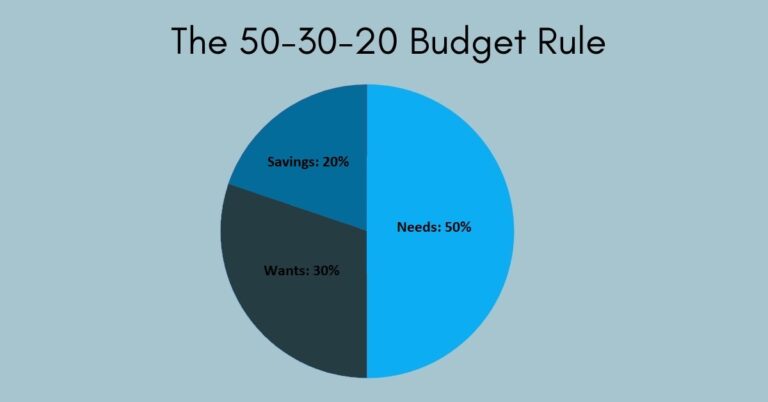Smart Strategies for Handling Market Downturns in Mutual Funds
Smart Strategies for Handling Market Downturns in Mutual Funds
Emerging markets like India, investing in mutual funds can be a great way to grow wealth, but market downturns can be concerning, especially in a volatile economy like India’s. Whether due to global factors, economic slowdowns, or policy changes, market falls are inevitable.

Here are the best strategies to help mutual fund investors navigate such downturns effectively.
1. Avoid Timing the Market
Trying to predict market bottoms or peaks can be risky. Instead of stopping investments when the market falls, focus on long-term goals and continue investing systematically.
2. Stay Invested and Avoid Panic Selling
When markets decline, it’s easy to panic and exit investments. However, historical data shows that markets recover over time. Avoid redeeming mutual fund units in haste and maintain a long-term perspective.
3. Diversify Across Mutual Fund Categories
To reduce risk exposure, diversify your investments across equity, debt, hybrid, and index funds. Investing in different asset classes ensures that losses in one category are offset by gains in another.
4. Stick to Systematic Investment Plans (SIP)
SIP investments help mitigate market volatility by averaging the purchase cost over time. Continuing your SIPs during market downturns allows you to accumulate more units at lower prices, benefiting from rupee cost averaging.
5. Maintain an Emergency Fund
Ensure you have a financial buffer of 12-24months worth of expenses in liquid assets like savings accounts or short-term debt funds. This prevents the need to liquidate investments during downturns.
6. Invest in Defensive and Balanced Funds
During downturns, defensive sectors like healthcare, FMCG, and utilities perform relatively well. Consider balanced or hybrid funds that combine equity and debt, reducing risk while maintaining growth potential.
7. Rebalance Your Portfolio
Review your mutual fund portfolio periodically to ensure it aligns with your risk appetite and financial goals. If necessary, reallocate funds to maintain the desired asset mix.
8. Look for Buying Opportunities
Market corrections present an opportunity to invest in fundamentally strong funds at lower valuations. Consider increasing investments in high-quality mutual funds with a proven track record.
9. Invest in Index and Exchange-Traded Funds (ETFs)
Index funds and ETFs provide exposure to broad market indices and can be a good option for passive investors seeking diversification with lower costs during volatile times.
10. Seek Professional Advice
If uncertain about your investment strategy, consult a financial advisor to help tailor your mutual fund portfolio according to your goals and market conditions.
11. Monitor Market Trends but Avoid Overreaction
Keep an eye on market movements, economic indicators, and fund performance, but avoid making decisions based on short-term volatility.
12. Stay Focused on Long-Term Wealth Creation
Market downturns are temporary, and a long-term investment horizon helps ride out volatility. Stay committed to your financial objectives and trust in the power of compounding over time.
Conclusion
Market falls are an unavoidable part of investing, but mutual fund investors can navigate them effectively with a disciplined approach. By staying invested, continuing SIPs, diversifying wisely, and focusing on long-term goals, investors can emerge stronger and benefit from market recoveries.







